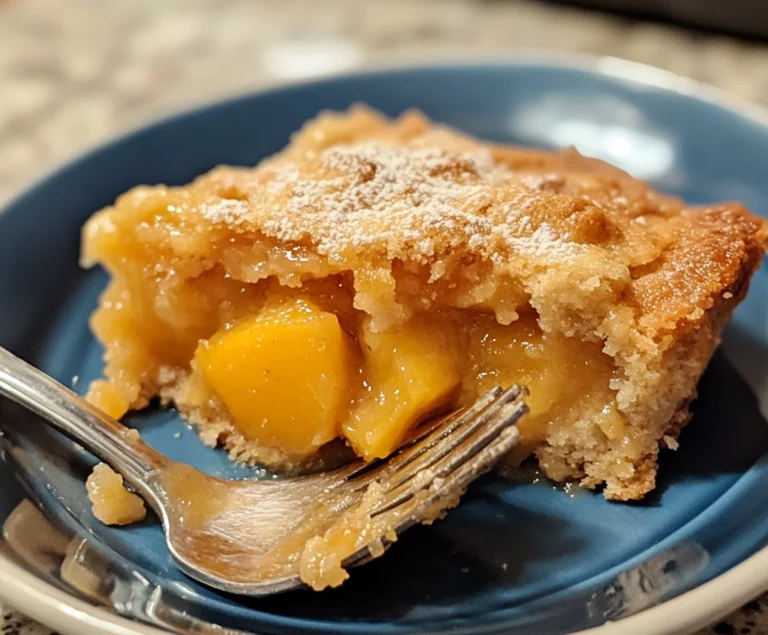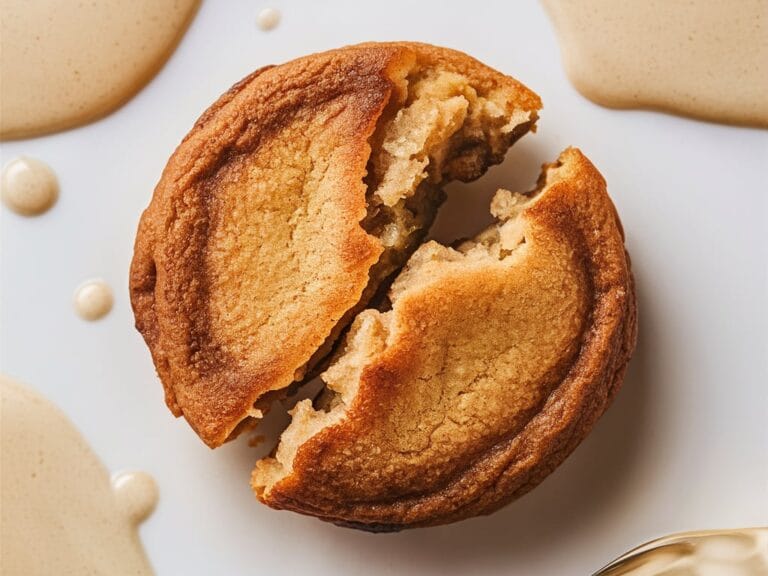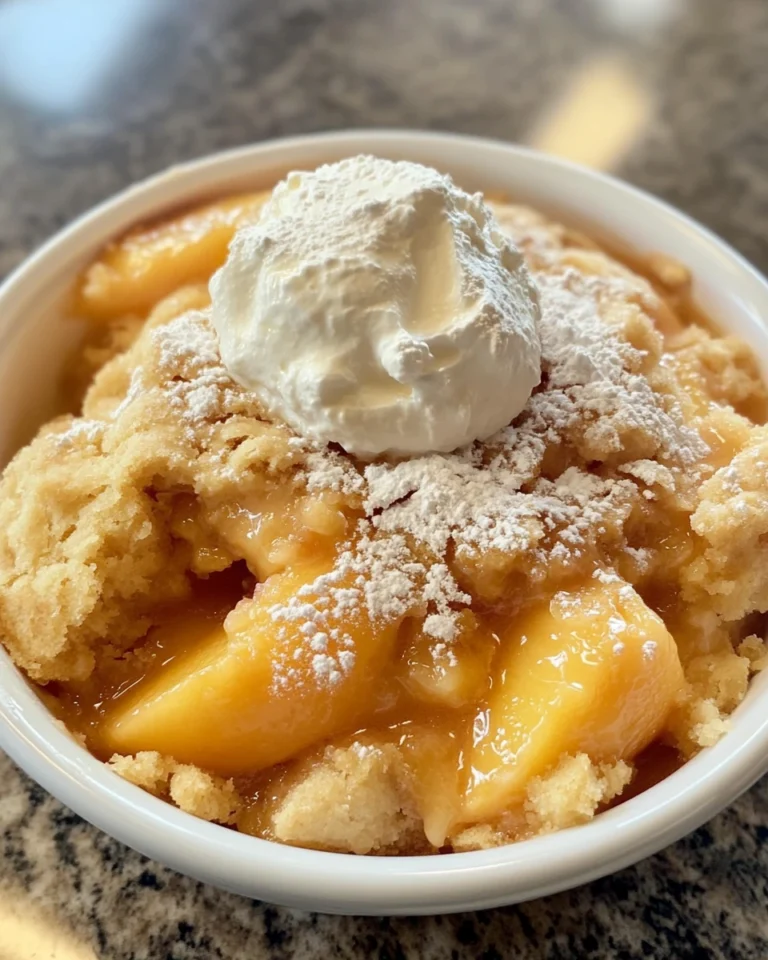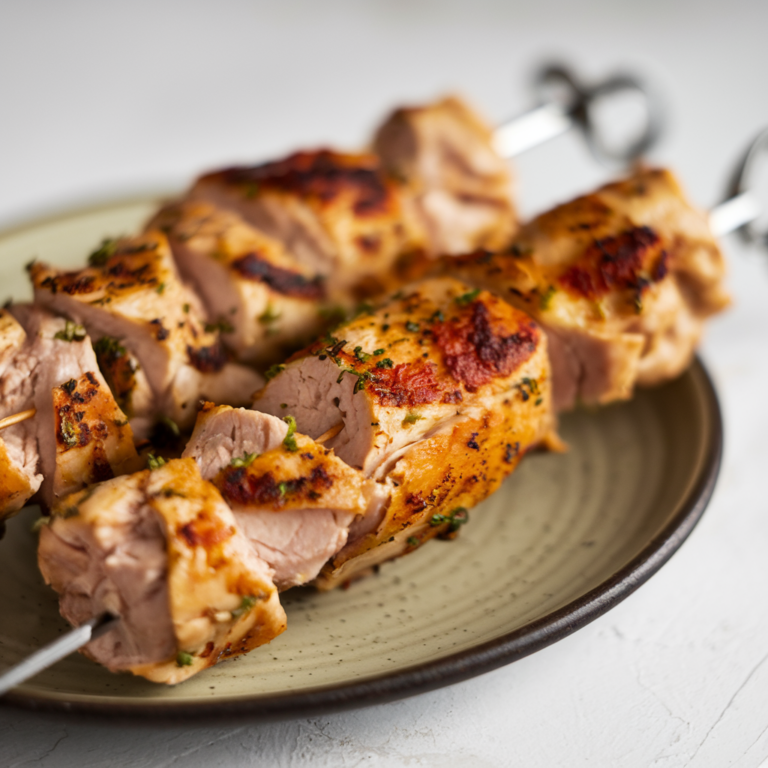Is Baked Cheesecake Better than No-Bake?
Is Baked Cheesecake Better than No-Bake?
Cheesecake, a dessert that originated in ancient Greece, has become a worldwide favorite. Its rich, creamy texture and endless flavor possibilities make it a go-to choice for both home bakers and professional chefs. But one question divides cheesecake lovers: is baked cheesecake better than no-bake? Each type has its unique qualities, and your choice depends on factors like taste preferences, preparation time, and occasion.
In this guide, we’ll explore the differences between baked and no-bake cheesecakes, covering aspects like texture, preparation methods, nutrition, and popular varieties. We’ll also provide internal linking opportunities to help you explore delicious cheesecake recipes.
What Differentiates Baked and No-Bake Cheesecake?
The key difference between baked and no-bake cheesecake lies in the preparation method.
- Baked Cheesecake: You bake this cheesecake in the oven, typically using eggs to set the texture. The heat creates a dense, firm consistency that’s rich and satisfying. The process often requires a water bath (bain-marie) to avoid cracks, making it more complex.
- No-Bake Cheesecake: In contrast, no-bake cheesecakes skip the oven. They rely on stabilizers like gelatin, whipped cream, or cream cheese to set in the fridge. The result is a lighter, fluffier dessert. You can learn more about cheesecake variations like the lemon-blueberry cheesecake.
Texture and Flavor Profile
Texture preferences often divide baked and no-bake cheesecake fans. Some enjoy the dense, luxurious feel of baked cheesecakes, while others prefer the lightness of no-bake varieties.
- Baked Cheesecake: Baking creates a dense, creamy texture, with a deep, rich flavor. As a result, it pairs well with toppings like caramel, chocolate, or fresh berries. A classic example is the iconic New York-style cheesecake, which showcases this indulgent texture.
- No-Bake Cheesecake: No-bake cheesecakes feel lighter and more mousse-like. Without the baking process, the flavors remain fresh and subtle, making them ideal for warm weather or pairing with fruity toppings. For a refreshing twist, try this lemon-blueberry cheesecake recipe.
How Heat Affects Flavor Development
One major difference between baked and no-bake cheesecakes is how heat impacts the flavors.
- Baked Cheesecake: Heat intensifies the flavor by caramelizing sugars and breaking down fats. As a result, baked cheesecakes develop a deep, buttery richness. The eggs create a custard-like consistency, and the baking adds subtle caramelized notes, especially along the edges.
- No-Bake Cheesecake: In contrast, no-bake cheesecakes preserve the fresh, original taste of their ingredients. You’ll notice the cream cheese, whipped cream, or gelatin’s clean flavors. Without the caramelization process, no-bake cheesecakes tend to taste lighter and fresher.
Ease of Preparation
No-bake cheesecake shines in terms of simplicity. Its quick preparation process and minimal equipment requirements make it appealing to both beginners and busy bakers.
- No-Bake Cheesecake: Simply mix the ingredients, pour them into a crust, and let them set in the fridge. There’s no need to monitor baking times or worry about cracks forming on the surface. It’s a quick and easy dessert that can be prepared in under 30 minutes.
- Baked Cheesecake: Baking a cheesecake demands more attention to detail. To prevent cracks, you’ll often need to bake it in a water bath. Additionally, baked cheesecakes require slow cooling to avoid overcooking. The payoff is a creamy, velvety texture that holds its shape well. Learn more about perfecting cheesecake techniques like this lemon-blueberry variation.
Time Commitment
The time required for each cheesecake type is another important factor.
- Baked Cheesecake: The baking process can take around 45 minutes to an hour. After that, you’ll need to let it cool for several hours or overnight to set properly. This makes it a more time-consuming option but perfect for those who enjoy taking their time with a recipe.
- No-Bake Cheesecake: No-bake cheesecakes offer convenience, with minimal hands-on time. You can prepare it quickly, and after a few hours of chilling, it’s ready to serve. For a fast and easy dessert, no-bake cheesecake is the ideal choice.
Nutritional Differences
Although both cheesecakes are decadent desserts, they vary in their nutritional profiles.
- Baked Cheesecake: Traditionally, baked cheesecakes are higher in calories due to the use of eggs, cream, and sugar. However, you can lighten the recipe by using low-fat cream cheese or sugar alternatives. For a healthier option, you might also try gluten-free crusts made from almond flour or oats.
- No-Bake Cheesecake: No-bake cheesecakes are generally lighter because they don’t require eggs or heavy cream. Many no-bake recipes also use yogurt or light cream cheese, making them easier to adapt for vegan, gluten-free, or low-sugar diets. Check out this lemon-blueberry cheesecake recipe for a fresh, lightened option.
Popular Varieties of Baked and No-Bake Cheesecake
Both types of cheesecake allow for limitless flavor variations. Let’s look at a few popular options for each type.
- Baked Cheesecake Varieties:
- New York-Style Cheesecake: This dense, rich variety relies on full-fat cream cheese and heavy cream. Known for its firm texture and signature tang, it’s often served with a light topping or on its own.
- Basque Cheesecake: Baked at a higher temperature, this Spanish cheesecake features a burnt exterior and a creamy, custard-like interior. Its unique flavor profile and rustic appearance make it a favorite for adventurous bakers.
- Italian Ricotta Cheesecake: Using ricotta cheese instead of cream cheese, this cheesecake has a lighter texture. Often flavored with citrus, this version offers a more delicate and fluffy consistency.
- No-Bake Cheesecake Varieties:
- Lemon No-Bake Cheesecake: The tanginess of lemon complements the creamy texture of the cheesecake, making this a refreshing option for summer.
- Strawberry No-Bake Cheesecake: Fresh strawberries lend sweetness to this light, airy dessert. It’s a perfect choice for spring and summer gatherings.
- Chocolate No-Bake Cheesecake: For chocolate lovers, this version combines the richness of chocolate with the lightness of a no-bake filling, resulting in a decadent yet easy-to-make dessert.
Explore these delicious flavors and more by experimenting with unique combinations like the lemon-blueberry cheesecake.
Health Considerations and Dietary Preferences
You can modify both types of cheesecake to fit various dietary preferences, including vegan, gluten-free, and low-sugar options.
- Baked Cheesecake: Substitute full-fat cream cheese with a low-fat version or use alternative sweeteners to reduce the calorie count. Vegan versions can replace cream cheese with cashews or tofu, and you can use almond flour for the crust.
- No-Bake Cheesecake: No-bake recipes are easier to adapt for vegan or gluten-free diets. You can use plant-based alternatives like coconut cream or cashews, and for a gluten-free crust, try almond flour or oats.
No-bake cheesecakes can also be lower in fat and calories since they don’t require eggs or heavy cream. For a lighter version, explore this vegan lemon-blueberry recipe.
Baking Techniques and Tips for Success
Whether you’re making baked or no-bake cheesecake, here are some essential tips for success.
- Baked Cheesecake:
- Use a Water Bath: This technique prevents the cheesecake from cracking and ensures even baking.
- Avoid Overmixing: Too much air in the batter can lead to cracks and a less smooth texture.
- Cool Slowly: Allow the cheesecake to cool in the oven with the door slightly open, then chill in the fridge for several hours or overnight to fully set.
- No-Bake Cheesecake:
- Let It Set Properly: Ensure the cheesecake has enough time to firm up in the fridge. At least 4–6 hours is ideal, but overnight is even better.
- Use High-Quality Stabilizers: Gelatin, whipped cream, or cream cheese must be high quality to guarantee a perfect set.
- Get Creative with Flavors: Infuse the filling with lemon zest, vanilla extract, or fresh fruit for added complexity.
For more tips on cheesecake success, check out this baking guide.
Conclusion: Is Baked Cheesecake Better Than No-Bake?
Ultimately, whether baked cheesecake or no-bake cheesecake is better depends on your preferences. Each type offers something unique:
- Baked Cheesecake: This option is perfect for those who prefer a dense, rich texture and are willing to spend more time in the kitchen.
- No-Bake Cheesecake: Quick and easy, no-bake cheesecake provides a lighter texture that pairs well with fresh, fruity toppings.
Both versions have their strengths, and each is delicious in its own right. Try both and see which one fits your taste and occasion best!
FAQs
- Which type of cheesecake is healthier?
No-bake cheesecake is typically lighter due to the absence of eggs and heavy cream, but both can be adjusted for dietary needs by using low-fat or plant-based ingredients. - How do I prevent cracks in a baked cheesecake?
A water bath and slow cooling help prevent cracks in baked cheesecakes. - Can I freeze cheesecake?
Yes, you can freeze both baked and no-bake cheesecakes. Be sure to wrap them tightly to avoid freezer burn.







